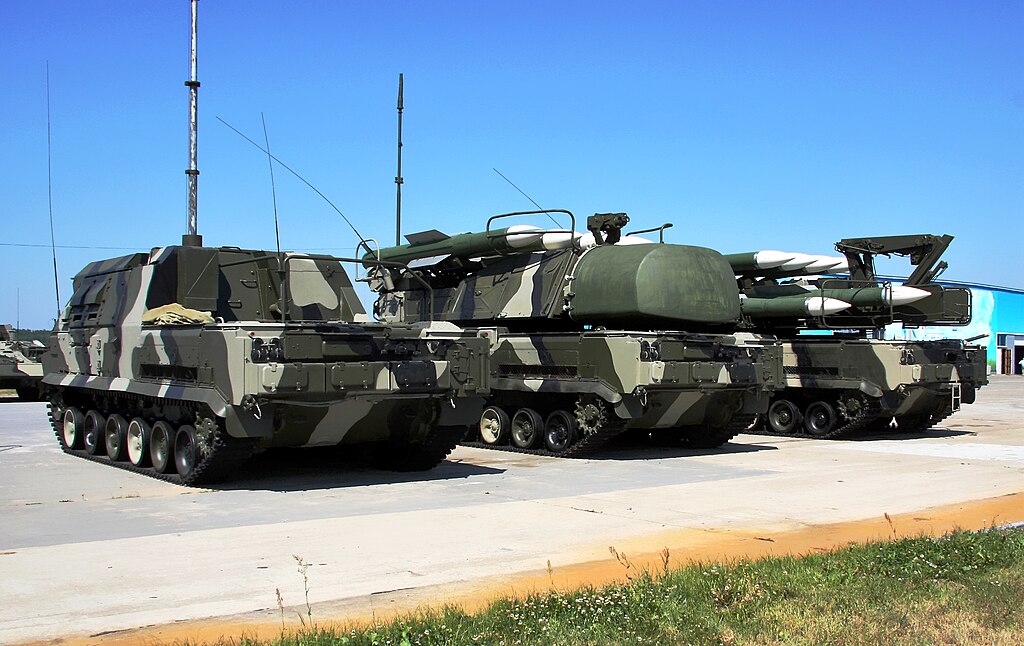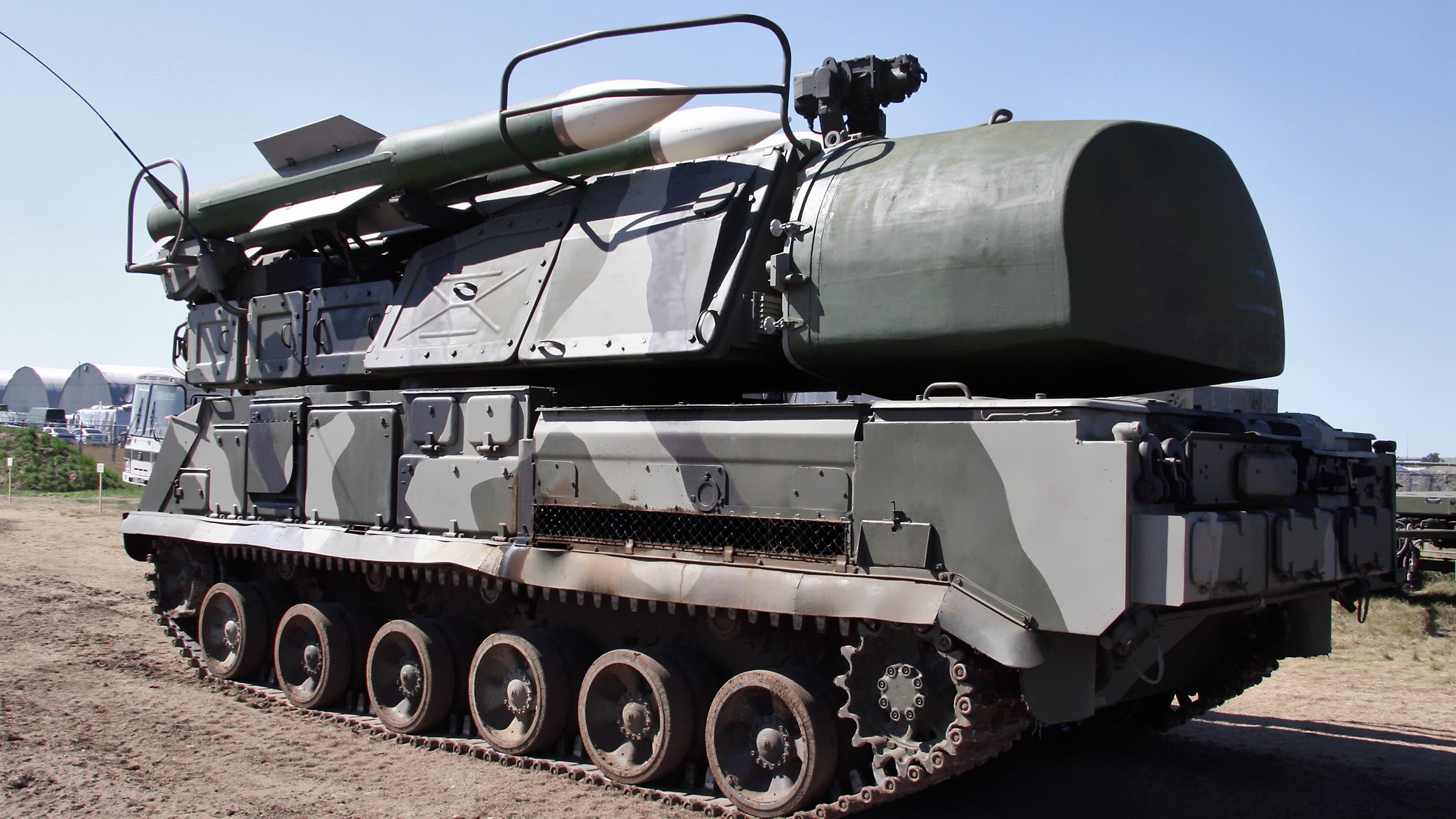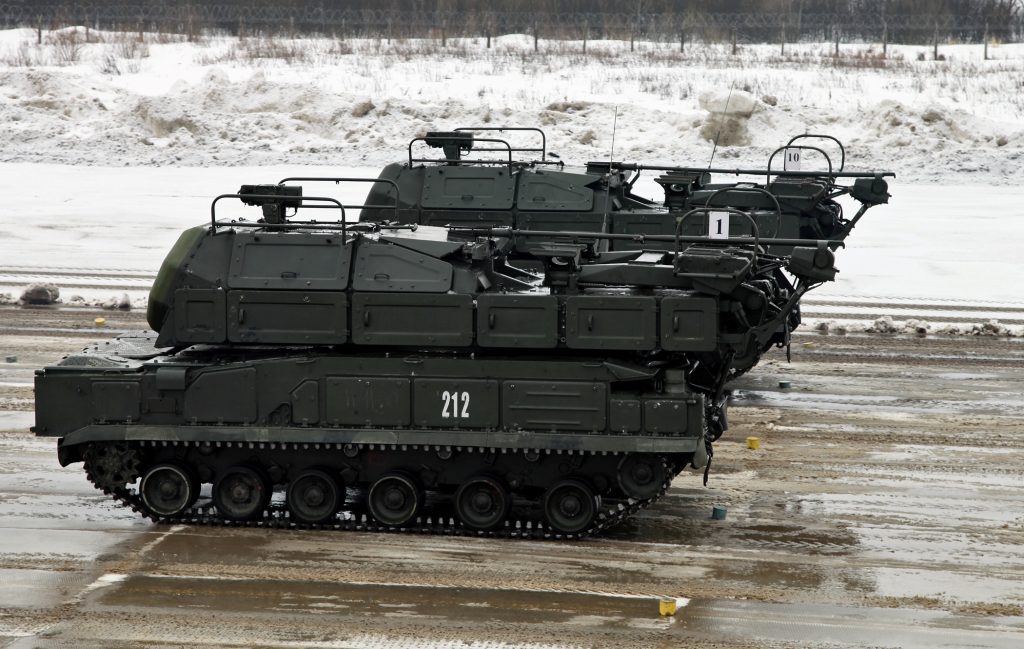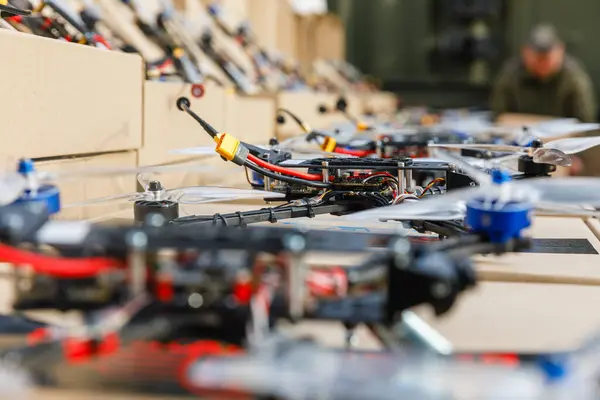
“Drones are responsible for 60 to 70 percent of killed and wounded soldiers in Ukraine,” combat medics told POLITICO Magazine earlier this year. In a war defined by attrition and adaptation, unmanned systems have become the decisive edge not just in firepower, but in creativity. From kamikaze quadcopters to maritime platforms delivering bomber drones, Ukraine’s operators are rewriting the rules of air defense suppression.
The latest example-a Ukrainian attack drone hitchhiking atop a Russian Buk-M2 launcher before detonating-caught global attention for its audacity. Yet behind the viral footage, there is a deeper story of shifting tactics, precision strikes, and technological innovations that have systematically eroded Russia’s once-formidable air defense shield. Below is a listicle of nine outstanding operations and trends that show how Ukrainian drone forces are taking apart Russian systems and laying open the vulnerabilities of modern warfare.

1. The Hitchhiking Drone Strike
On October 7, the National Guard of Ukraine published footage showing a Lasar’s Group drone landing on a Russian 9A316 Buk-M2 launch vehicle. Instead of detonating immediately, it rode along for 15 kilometers before Russian soldiers noticed it. Some even struck it with a stick, unaware it was still transmitting to its operator. Moments later, the explosive charge went off, reportedly damaging or destroying at least one vehicle. Defense Express noted this was not the first time Lasar’s Group had landed drones on air-defense systems, but it was their most dramatic demonstration to date.

2. Two-Stage Buk-M1 Hunt
In September 2025, soldiers of the 27th Brigade of the National Guard conducted a two-stage operation against a Russian Buk-M1 launcher. First, drones destroyed the warehouse sheltering the system. Then, as the launcher attempted to escape, operators landed a drone on it before delivering a direct hit with a bomber drone. The final scenes showed the Buk-M1 engulfed in flames, adding to the reported tally of more than 50 Buk-M1 launchers lost by Russia since 2022.

3. Precision-Guided Buk-M1 Kill
The 9A310 Buk-M1 on the move was spotted by the Khortytsia Operational-Strategic Group’s 15th “Black Forest” Artillery Reconnaissance Brigade. Precision-guided munitions hit the system as it stopped in a wooded area, which caused the detonation of its missile load. The launcher was destroyed despite improvised overhead cover. This is consistent with the trend towards deep strikes against air defense, frequently replacing classic suppression with drone bombers.

4. Reconnaissance-to-Strike Buk-M2 Attack
The FlyEye UAV detected a Buk-M2 for the first time and transmitted targeting data to the 77th Brigade. The 9A317 launcher couldn’t detect the recon drone, and FPV combat drones attacked the 9A317 launcher, reducing threats to Ukrainian aircraft and thus providing leeway to ongoing drone missions in contested zones. What happened brings out the vulnerability even of advanced phased-array radar systems against small, low-signature unmanned aerial vehicles.

5. Maritime Drone Delivery in Crimea
In July 2025, the 73rd Naval Special Operations Center and Lasar’s Group delivered bomber UAVs to Russian radar stations near Maiak, Crimea, by using maritime drones. The bomber drones detached offshore, approached undetected, and were able to drop explosives with accuracy. Such sea-air combinations help preserve battery life and bypass coastal defenses-an evolution of multi-domain drone warfare.

6. Heavy Bomber Drone “JET MAX”
Ukrainian developers have unveiled the JET MAX, which can carry 20 kg of explosives over 15 km, and up to 40 minutes of work. The drone is targeted at destroying equipment, communications, and personnel, with modular payload options available. Herman Smetanin, a former Strategic Industries Minister, added that Russia refers to these bombers as “Baba Yaga,” a reference to a character in a classic Russian folk tale, due to their nightmarish impact they could have, especially during nocturnal strikes against static targets. Ukraine has reportedly produced more than 30,000 bomber drones in 2024, holding the top slot in this category.

7. Coordinated Osa-AKM Destruction
On October 29, drone operators from the Marine Corps – 426th Separate Unmanned Systems Battalion – identified a Russian 9K33 Osa-AKM. They conducted adjustment of fire. The final precision strike was delivered by members of National Guard’s Lasar’s Group. Aerial reconnaissance had earlier spotted it even as Russians attempted to hide the vehicle. At least 32 Osa-type systems have been destroyed or captured, thus degrading Russia’s short-range air defense screen since 2022.

8. Fiber-Optic Drone Threats
The Russians have fitted fibre-optic cables on very affordable Molniya-2 UAVs, which have made them resistant to electronic warfare, extending ranges up to 40 km. Such drones are now posing a real threat to the Ukrainian bomber UAVs and logistics routes. According to Serhiy “Flash” Beskrestnov, a Ukrainian expert, although payload size suffers, this adaptation provides unprecedented deep strikes inside the kill zone. Russia has just delivered 1,000 of these Veterok fiber-optic UAVs in September 2025, showing their intent to scale this capability.

9. AI-Guided FPV Swarms
Elite Ukrainian units, like Yurih “Achilles” Fedorenko’s 429th Separate Regiment, employ semi-autonomous FPV drones with AI-enhanced target guidance. These systems lock onto static or moving targets and complete missions even if the operator loses signal. He insists that mass production, 350,000 drones per month, is necessary to make up for Russia’s recruitment rate and sustain battlefield tempo. Full AI integration could compress reaction times and operator training cycles even further. Ukraine’s drone war is no longer defined solely by small quadcopters harassing infantry.
It has gradually evolved into a complex, multi-domain campaign executed with reconnaissance, precision strikes, maritime delivery, heavy payload bombers, and AI-guided swarms. Each one of these innovations chips away at the layered air defenses of Russia, compelling it to adapt at every turn. To defense technology observers, these operations are more than battlefield anecdotes they are case studies in how unmanned systems can reshape the balance of power in modern conflict when used with ingenuity and in coordination.

